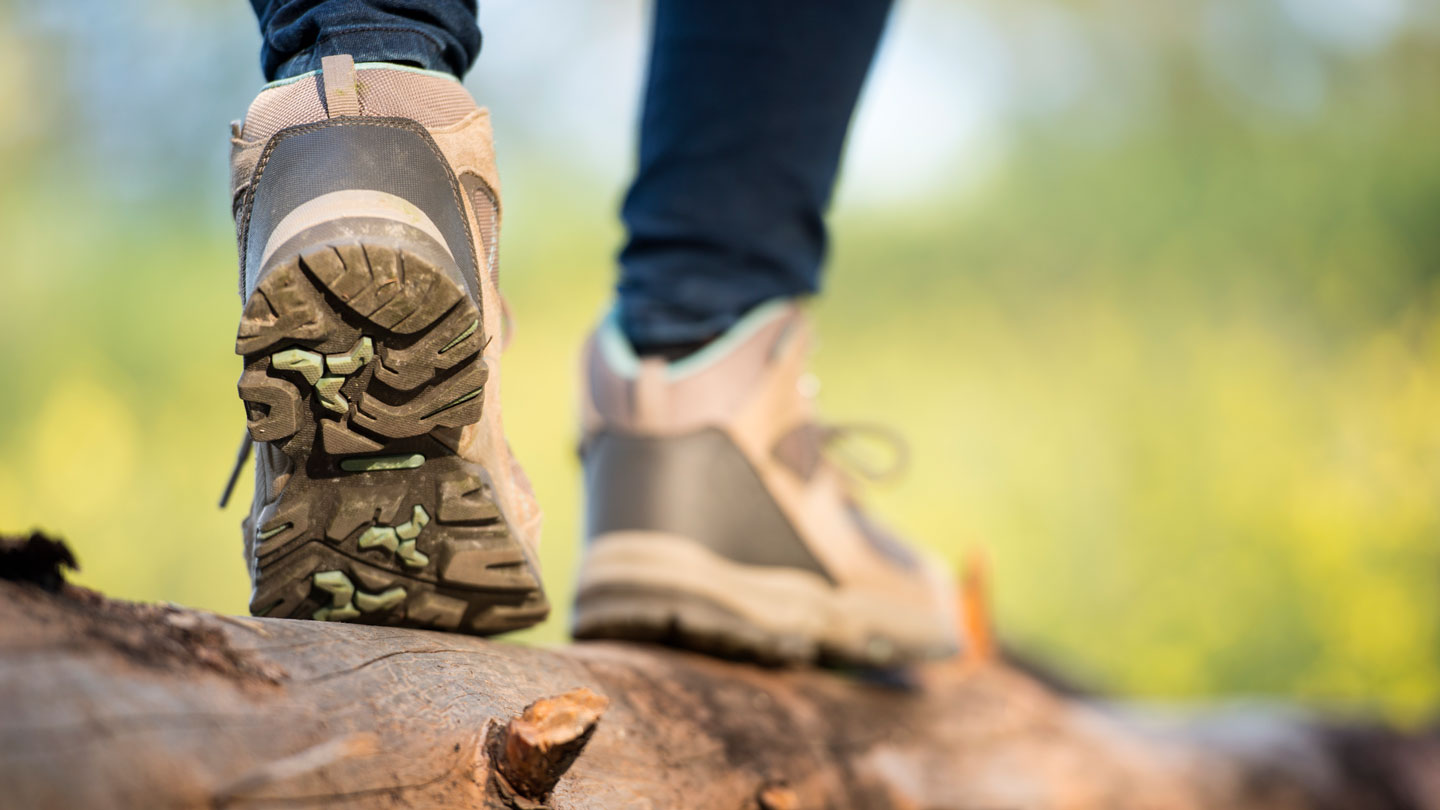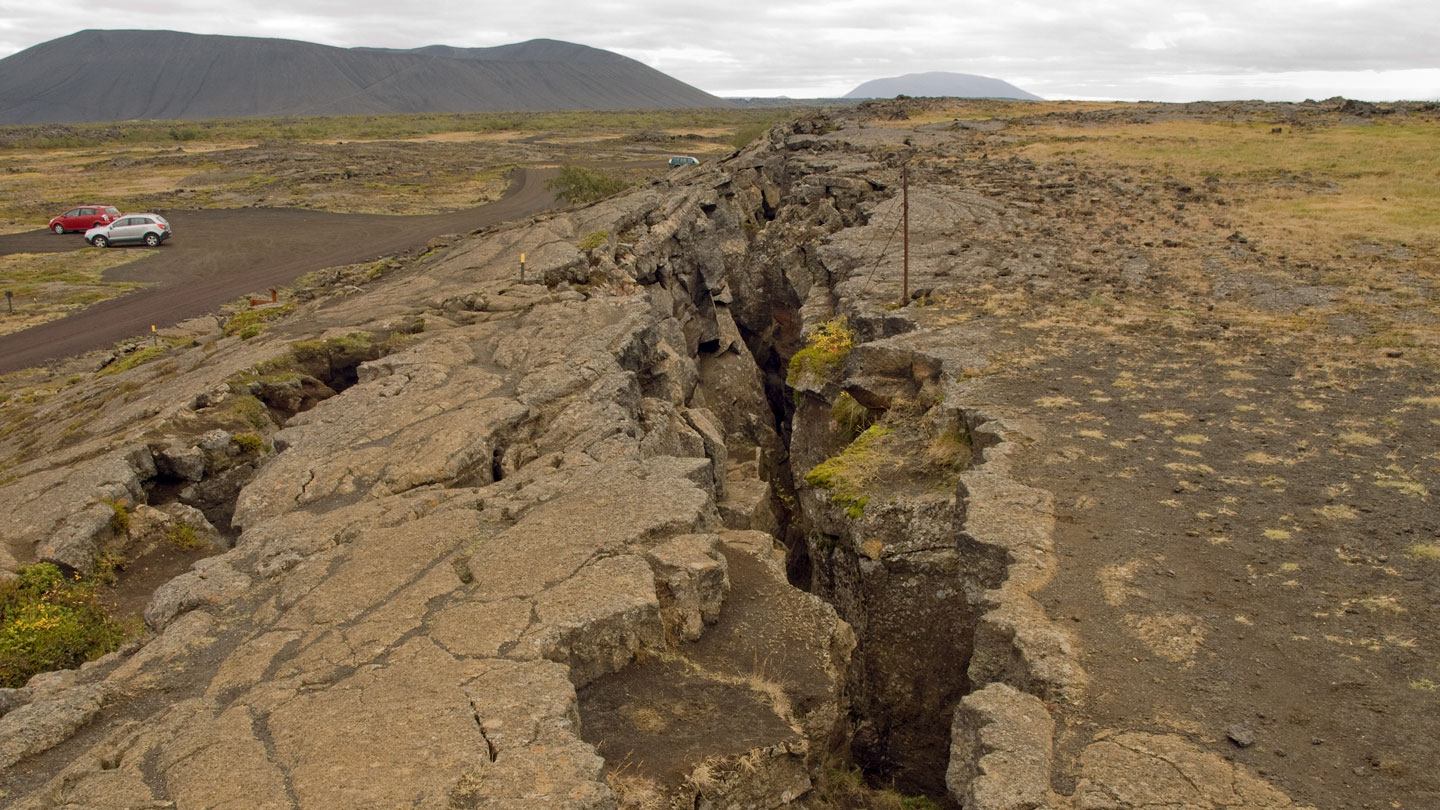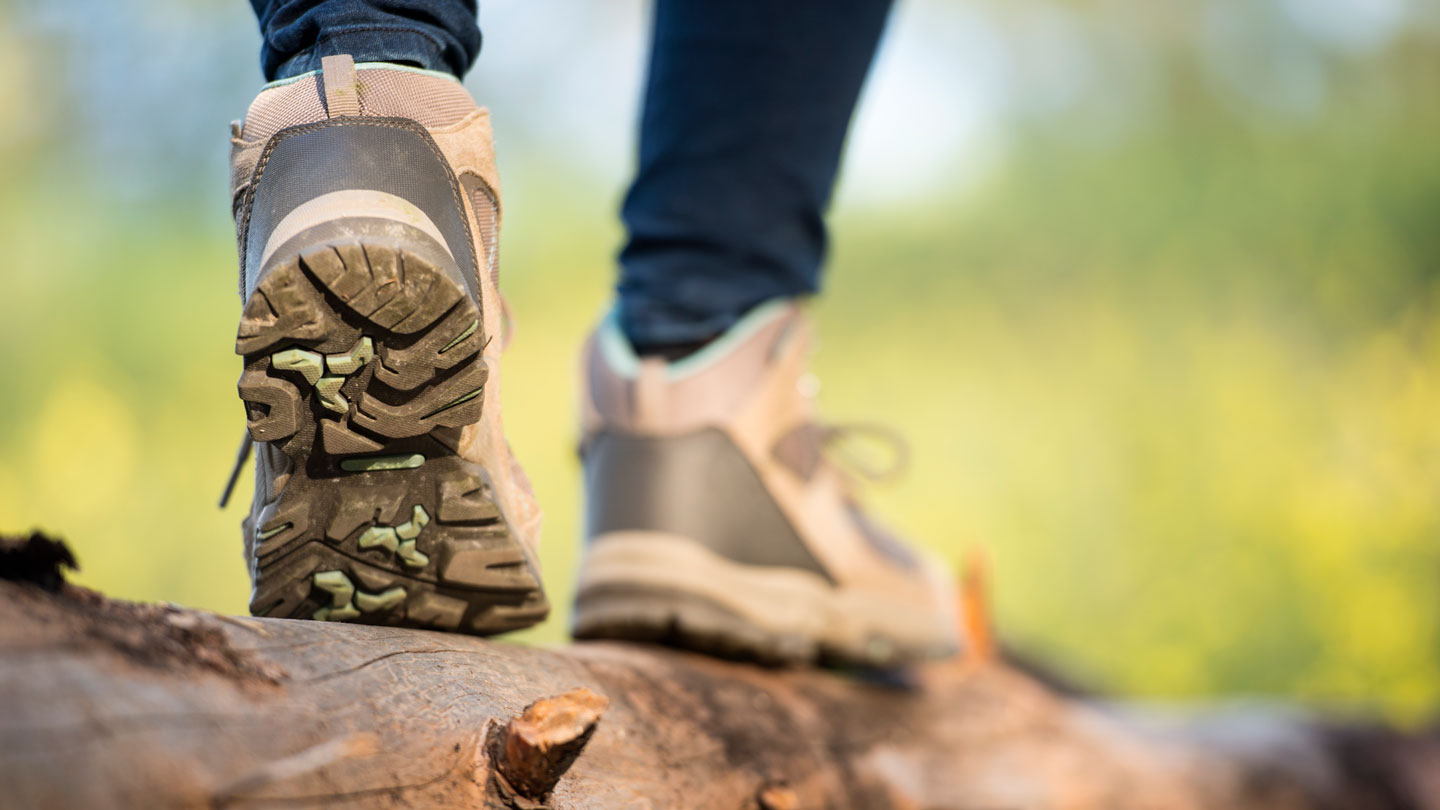Friction is a very familiar force in everyday life. With a soft pair of socks on our feet, it lets us slide and glide across uncarpeted floors. But friction also holds our shoes steady on a sidewalk. Sometimes friction gets confused with traction. In science, though, friction has a very specific meaning.
Friction is the force felt between two surfaces when one attempts to slide against the other — whether or not they are moving. It always acts to slow things down. And it depends on only two things: the nature of the surfaces and how hard one presses against the other.
Traction, on the other hand, refers to the motion generated due to the force of friction. Friction is the force, traction is the action that results. The force of friction doesn’t change at all if you increase the surface area, like having wider tires. But traction can be boosted when things like that change.
The material a surface is made from affects how much friction it creates. This is due to the “bumpiness” of each surface — sometimes that can matter even on a molecular level.

We can see how it works by thinking of everyday objects. If you rub your fingers along a piece of sandpaper, you can feel how rough it is. Now imagine running your hand across a freshly sawn plank of wood. It’s much smoother than the sandpaper, but it still feels a bit bumpy. Finally, imagine tracing your fingertips across a slab of metal, such as the steel used to make a car door. It feels amazingly smooth, although there can have a dramatically pocked or ragged surface when viewed at the molecular level.
Each of these materials — sandpaper, wood and metal — will offer a different amount of friction. Scientists use a decimal number, between 0 and 1, to measure how much friction each substance has. The sandpaper would have a very high number and the steel a very low one.
This number can change under different conditions. Walk across a dry, concrete sidewalk and you’re not likely to slip. But try the same sidewalk on a rainy day — or worse, an icy one — and it might be hard to stay upright.
The materials didn’t change; the conditions did. Water and other lubricants (such as oil) reduce friction, sometimes by a huge amount. That’s why it can be so dangerous to drive in bad weather.
The role of a hard press
The other factor that affects friction is how hard the two surfaces are pressing together. Very light pressure between them will result in only a small amount of friction. But two surfaces pressing together strongly will generate a lot of friction.
For instance, even two sheets of sandpaper rubbing together lightly will have only a little friction. That’s because the bumps can glide over one another fairly easily. Press down on the sandpaper, though, and the bumps have a much harder time moving. They attempt to lock together.
This offers a good model for what happens even on the scale of molecules. Some seemingly slick surfaces will try to grab on to each other as they slide across. Imagine them as covered by microscopic hook-and-loop tape.

You can see a huge effect of friction in earthquakes. As Earth’s tectonic plates try to slide past one another, small “slips” cause minor quakes. But as the pressure builds up over decades and centuries, so does the friction. Once that friction gets too strong for the fault, a major quake can result. Alaska’s 1964 earthquake — the biggest in U.S. history — in some places caused horizontal movements of more than four meters (14 feet).
Friction can also lead to dramatic fun, such as ice skating. Balancing all of your weight on skates creates a much higher pressure under their blades than if you were wearing regular shoes. That pressure actually melts a thin layer of ice. The resulting water acts as a powerful lubricant; it lets your skate glide across the ice. So you don’t slide across the ice itself, now, but a thin layer of liquid water!
We feel the forces of friction every day as we walk, drive and play. We can lower its drag with a lubricant. But whenever two surfaces are in contact, friction will be there to slow things down.


